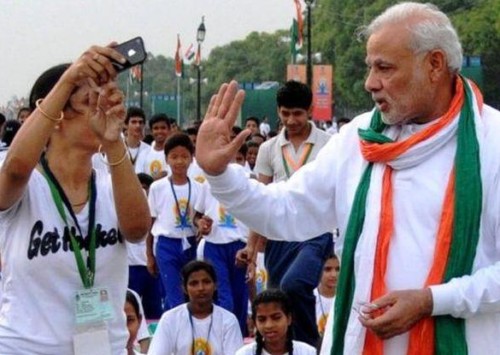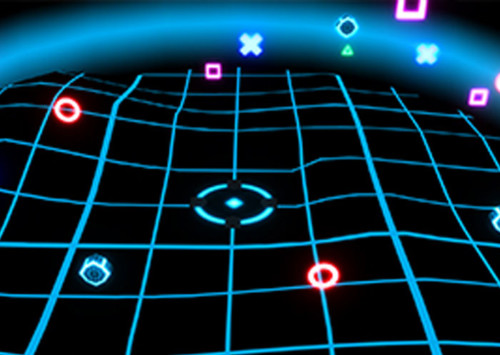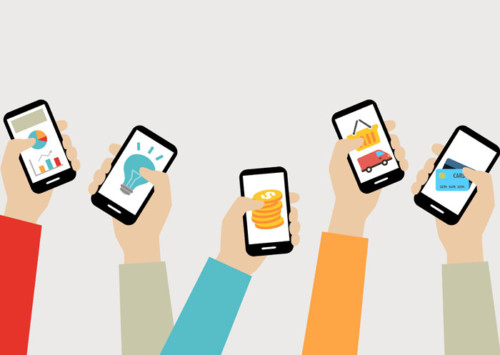Selfie-lurking causing self-depreciation syndrome
Taking a selfie might make you look devoid of good company
Isn’t there a better way to feel self sufficient than taking a selfie? While it suffices your whim, it might make someone mentally ill; so, beware!
In a recent research conducted at the Pennsylvania State University (Penn State) in the US, selfies posted on social media websites emerged as one of the prime reasons for people losing their state of well-being. Does that sound weird? Well, researchers found that those who ‘lurk’ on the social media pages scrolling through selfies have lower self-esteem and a feeling of dissatisfaction creeps into their life.
The phrase ‘selfie lurking’ was used by the Penn State researchers for those who would not participate in social media activities such as posting, commenting or liking, but would sit back and observe others doing so. It is observed that the more people view their own or other’s selfies, the lower their level of self-esteem and life satisfaction is. However, those who have a need to appear popular experience an increase in self-esteem and life satisfaction. This could well be a symptom of refined narcissism as well.
Graduates of mass communication at the Penn State, Wang and Fan Yang conducted the online survey to collect psychological impressions of viewing selfies on the social mediums. “People usually post selfies when they’re happy or having fun,” said Wang. “This makes it easy for someone else to look at these pictures and think his or her life is not as great as theirs.”
Seeing it from an Indian perspective, the selfie culture is often criticised for being a symptom of fragile self-esteem. India’s being one of the fastest growing digital populations in the world is not very far from this compulsive habit. In another interesting observation, it was found that the Taj Mahal in India is arguably the most-visited mausoleum in the country witnessing around 60,000 visitors a day. Given the selfie-spree of Indians, can you imagine the number of selfies that are clicked on a single day?
Insensitivity, getting more attention and a disorder where an individual is preoccupied with one’s appearance is directly proportional to the selfie-spree around the world. According to further studies, teenagers are especially affected by a Body Dysmorphic Disorder (BDD) where they are more likely to take selfies to feel confident in terms of their looks. Sufferers of BDD can spend hours trying to take pictures that do not show any defects or flaws in their appearances, which they are very aware of but which might be unnoticeable to others.
Selfie obsessions can further lead to undesirable influences on the child or adolescent’s self-esteem and body image satisfaction, leading to anxiety or depressive symptoms as well as affecting inter-personal relationships. While the world is busy clicking selfies and posting them on social media, there is a lot to chew upon this ever-increasing tendency – only if one realises that there is more amusement in experiencing than capturing.












